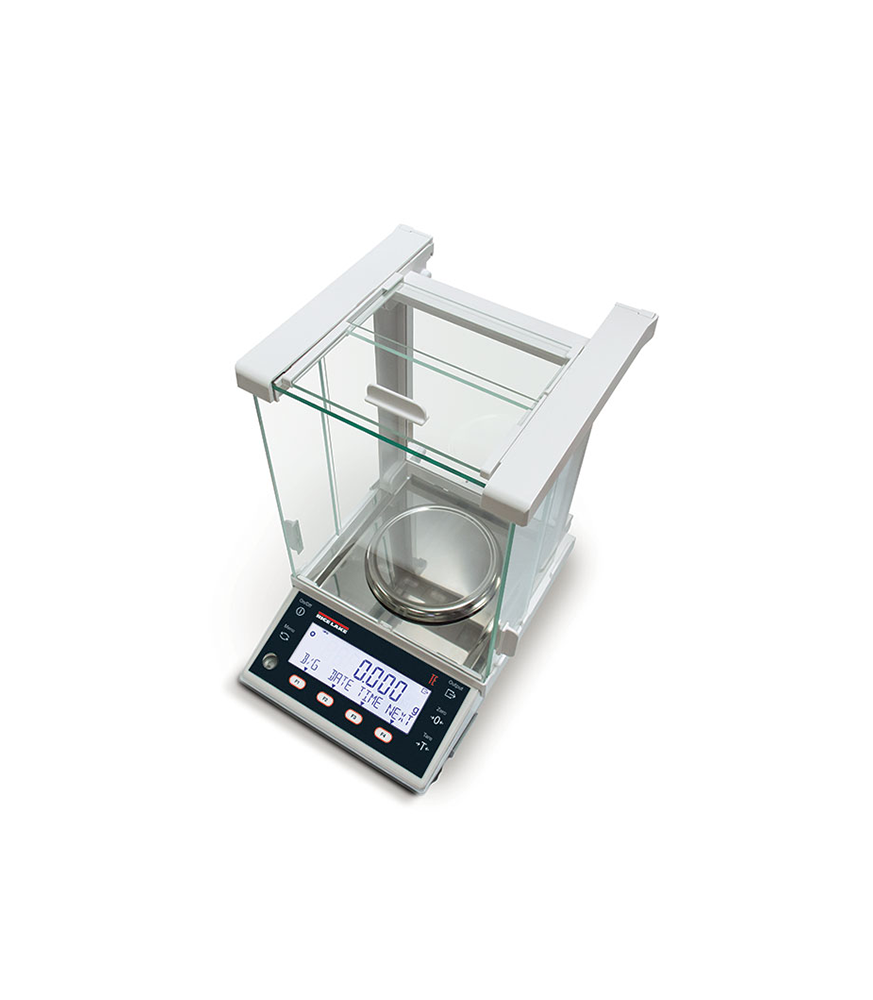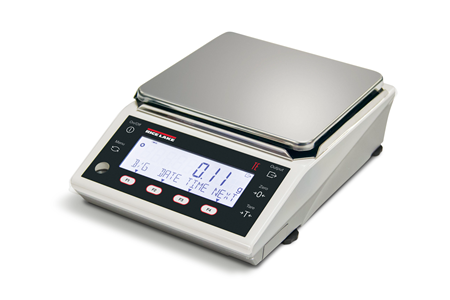Is the website displaying in the correct language? Please confirm or select a different language.
Your region has been set automatically. Please confirm or select a different region.
What Is an Analytical Balance?
An analytical balance is a highly sensitive type of laboratory balance designed to accurately measure objects to sub-milligram readability. Because of this high sensitivity, analytical balances also have a weighing chamber, sometimes called a draft shield or breeze break. Once the doors are closed on the weighing chamber it reduces interference from dust collection or air currents while minute samples are measured.
Basic Terms for Analytical Balances
Balance readability, or resolution, refers to the division size a balance can accurately weigh to. Balance divisions are the smallest increment of measurement displayed. The number of divisions a balance can display is calculated by dividing its capacity by its readability. For example, a balance with a capacity of 220 grams and a resolution of 0.0001 grams would have 2,200,000 divisions. The number of divisions can be considered one of the requirements for an exceptional analytical balance. Higher divisions signal a higher quality weighing sensor in the balance, providing more accurate weighments.
Repeatability is the balance’s ability to measure and display the same value for a known mass when it is placed on the balance more than once. If a 20-gram calibration weight is placed on a balance five different times, the weight should display as 20 grams every time. Often, repeatability is listed in divisions, which can signify the balance’s accuracy.
Stabilization time is how long it takes the weight sensor in the analytical balance to accurately weigh the material. While stabilization time does vary with the balance model, typically it is between 3 to 10 seconds.

Benefits of Analytical Balances
The precision of analytical balances is the key benefit of this type of device. They are often used in chemical analysis, though they can also be used to measure ingredients in formulations and percentages. The high accuracy and repeatability of analytical balances help laboratories ensure uniformity and reproducibility throughout their processes, providing compliance with Good Laboratory Practice (GLP) regulations.
Rice Lake Weighing Systems offers a variety of balances to meet precision weighing needs, including the analytical TA Plus Series. Learn more about the variety of high-quality analytical balances Rice Lake has to offer or work with a specialist to determine the best solution for your needs.



 My Account
My Account

